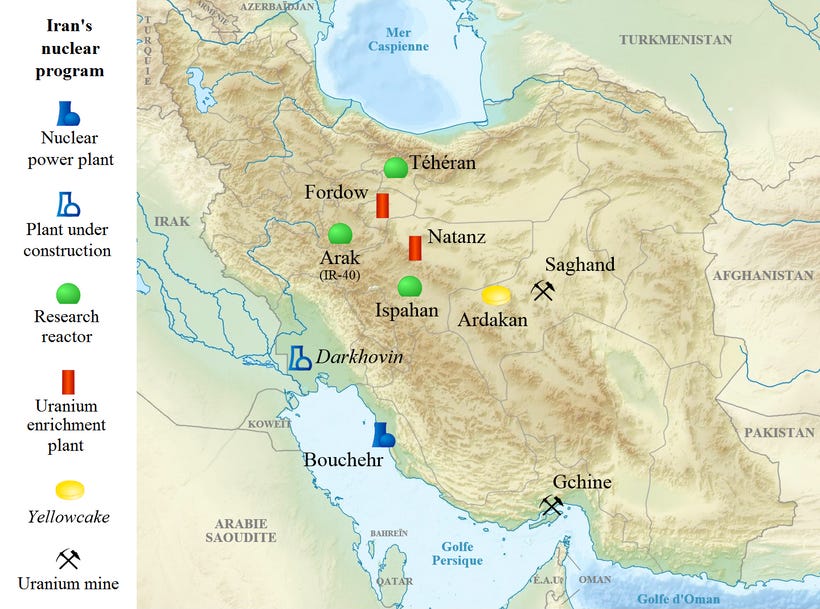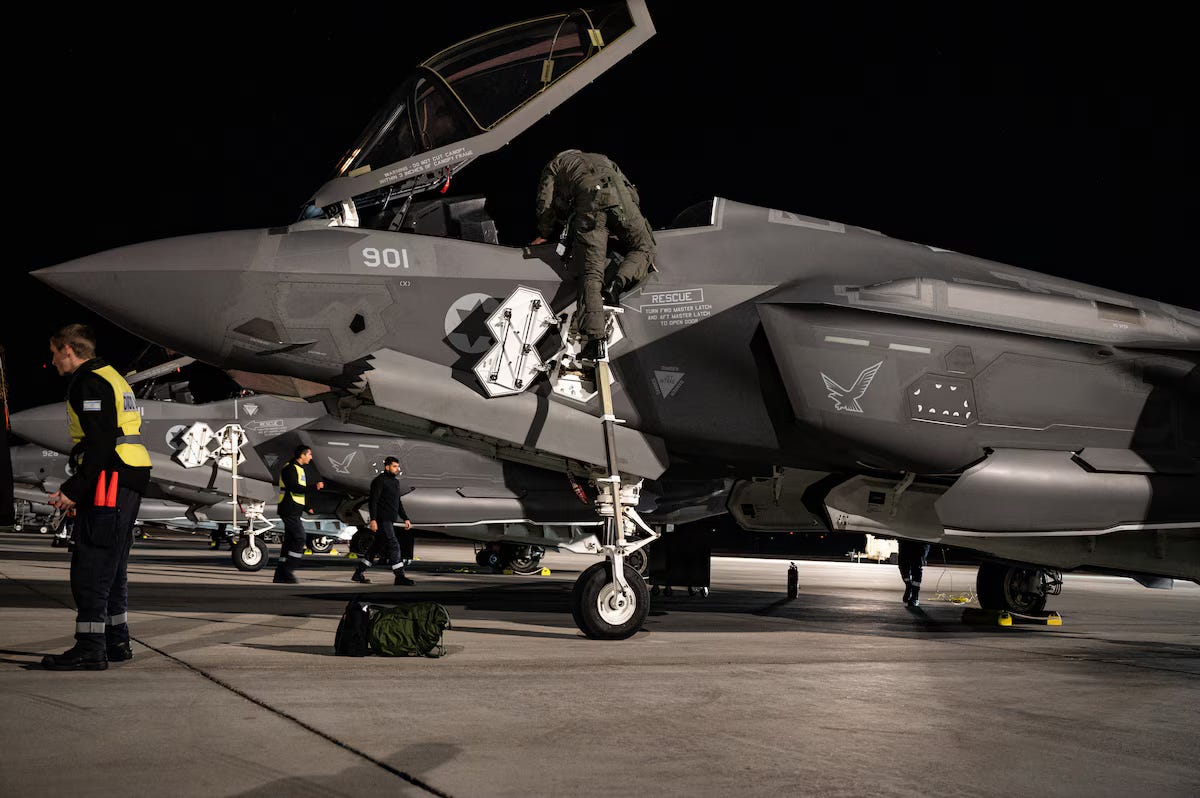Iran Nuclear Talks Stall Amid Israeli Strike Preparations
Israel has intensified preparations for a potential strike on Iranian nuclear facilities, driven by concerns over Iran’s advancing program.
MIDDLE EAST — On June 4, 2025, Iran rejected a U.S. nuclear proposal aimed at curbing its uranium enrichment in exchange for sanctions relief, according to the Iranian Ministry of Foreign Affairs. This rejection, following the fifth round of negotiations in Rome on May 23, 2025, has stalled talks, with the U.S. Department of State noting limited progress due to disputes over Iran’s 60% purity enrichment.
Israel has intensified preparations for a potential strike on Iranian nuclear facilities, driven by concerns over Iran’s advancing program, according to U.S. intelligence late last month.

Acronym Index
CENTCOM: United States Central Command
CSIS: Center for Strategic and International Studies
IAEA: International Atomic Energy Agency
JCPOA: Joint Comprehensive Plan of Action
NPT: Nuclear Non-Proliferation Treaty
SIPRI: Stockholm International Peace Research Institute
UN: United Nations
US: United States
Historical Context
The Iran nuclear issue has been a persistent concern for the international community since the early 2000s. The Joint Comprehensive Plan of Action (JCPOA), signed on July 14, 2015, between Iran and the P5+1 (United States, United Kingdom, France, Russia, China, and Germany), marked a significant effort to limit Iran’s nuclear activities.
The agreement capped uranium enrichment at 3.67% and reduced Iran’s stockpile in exchange for sanctions relief. However, the U.S. withdrawal from the JCPOA on May 8, 2018, under President Donald Trump, followed by reimposed sanctions, prompted Iran to resume enrichment, reaching 20% purity by 2021 and 60% by 2023, citing its rights under the Nuclear Non-Proliferation Treaty (NPT).
Israel, perceiving Iran’s nuclear program as an existential threat, has employed both covert and overt measures to counter it. These include the Stuxnet cyberattack in 2010, which disrupted centrifuges at Natanz, and airstrikes on October 26, 2024, targeting Iranian air defenses and missile sites.
The assassination of nuclear scientist Mohsen Fakhrizadeh in November 2020 heightened tensions further. Iran has responded by fortifying underground facilities like Natanz and Fordow, underscoring the ongoing strategic rivalry.
Timeline of Key Events, Discovery of Hidden Nuclear Facility Producing Tritium:
Keep reading with a 7-day free trial
Subscribe to The Standeford Journal - News, Intel Analysis to keep reading this post and get 7 days of free access to the full post archives.





